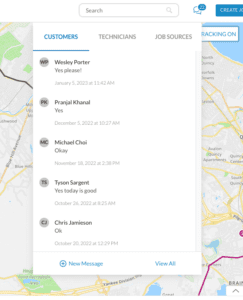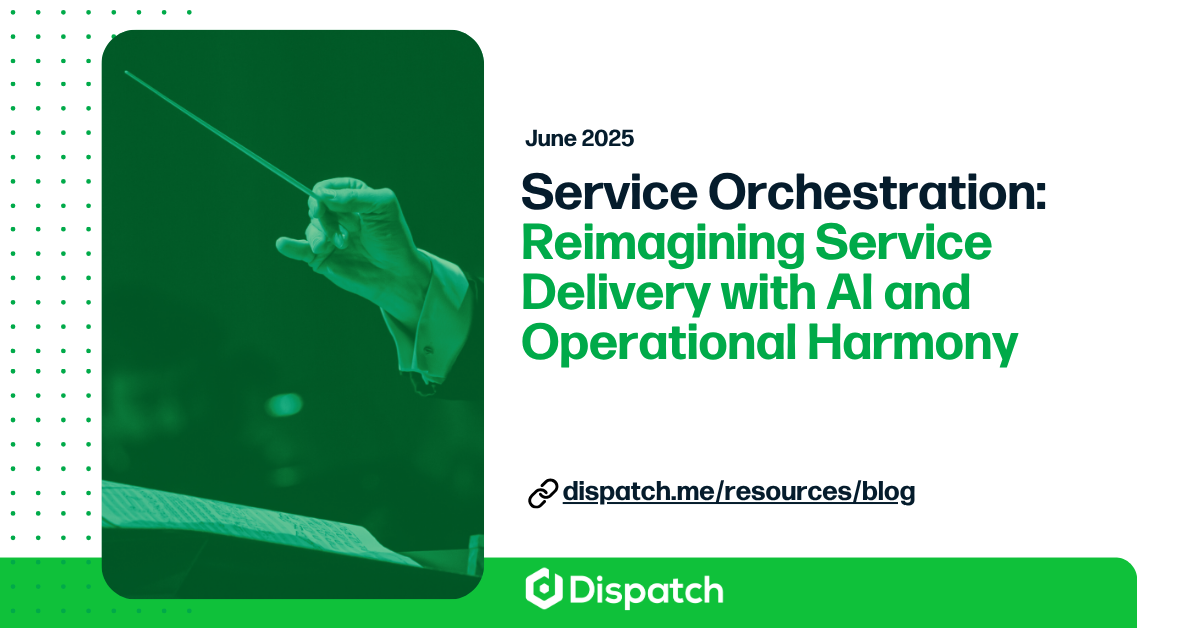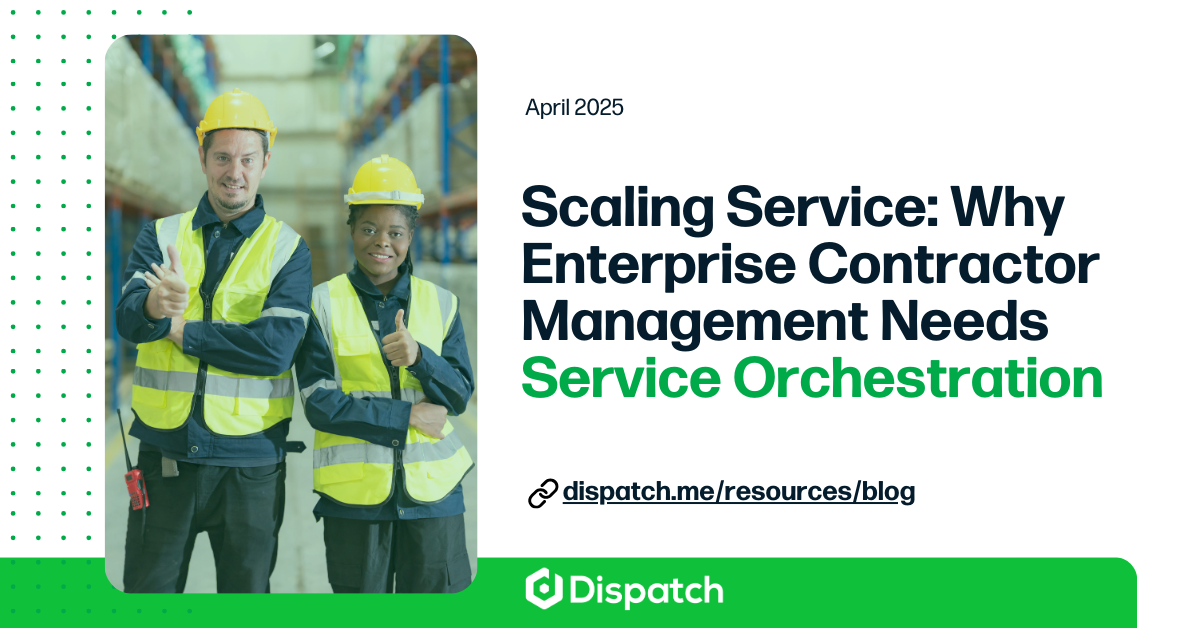As you’re reading this article, please reach into your pocket and take out your phone. Think about what this amazing device can do for you. It can fetch a driver to your location in minutes, order tickets to tonight’s movie premiere, read what last night’s diners said about your favorite restaurant, and it can even have someone pick up, wash, fold, and deliver your laundry in an instant. Think about all that…
Before the on-demand economy stepped into our lives, the words “efficiency” and “convenience” were luxury terms that said a lot about a company when describing their customer experience. However, with the rapid growth of technology and the interconnectedness of our complex lives, these two terms have become common vernacular for describing customer experiences. In fact, since these terms have become so ubiquitous, consumers have grown to expect “convenient” and “efficient” experiences when dealing with most companies.
However, this isn’t always true.
Take this for example…
The temperature a few days ago was -5 F and -7 F. It was bitterly cold and thus, my pipes are now frozen. It’s March 10th, 2017, and I need a professional to come to my apartment to figure out how to quickly fix this issue. The problem is that I rent my apartment so I need to call the property manager who needs to call a plumber who needs to call me back to schedule a convenient time to fix my pipes before a larger problem happens (burst pipes).
The amount of phone tag I’m playing with my property manager to make sure she gets the RIGHT boiler information, the RIGHT assessment, and the RIGHT information to relay to the RIGHT plumber with the RIGHT skillset is what I’ve come to expect when dealing with the home services industry.
Key information is getting lost in this three-party-Bermuda-triangle, and it seems that I’m the only motivated individual to get this issue resolved.
Finding the right person to fix my problem in an “efficient” and “convenient” manner is nearly impossible. It feels like I’m jumping through hundreds of fire engulfed hoops, and this sense of hopelessness is my expectation whenever something in my house needs to be fixed by a professional. I brace myself (with a glass of whiskey of course) for the endless phone tag and misunderstood information between these three parties.
Nod yes if you agree.
Now, this is no one’s fault. It’s not the service provider’s fault, it’s not my landlord’s fault, and it’s not my fault (the tenant or homeowner). The service system is broken. There is no connection in a place that enables the service provider to create an end-to-end Modern Service Experience, that puts the customer in the middle and thus giving the customer power.
Good companies connect their customers with their internal systems, people, process, and data. This way, all three groups in the service process can better track information and better track the insights they need to refine their processes and predict better service outcomes.
This is all done through, Modern Service Experience
Modern Service Experience gives services businesses direct access to real-time consumer messages and communications, interactions with the 3rd party service providers, and real-time status management that is synchronized between all parties in the service lifecycle.
Until now, this was not historically available. While companies could achieve some results similar to this with their internal field staff who were 100% dedicated, this process breaks down when a 3rd party is representing your brand. In those situations, updates are sporadic, at best done at the end of the day, but typically at the end of the week. Customers with modern service expectations demand more access to what is happening in the service delivery process, and do not hesitate to pick up the phone and find out, or worse, complain.
Just like how you can track your Amazon package throughout its entire delivery lifecycle, service needs to adopt that same technology. The absence of information causes anxiety for the modern consumer and in the end, costs the company money for every phone call ($3-$5 per instance) that could have been avoided if the customer could access the information directly.

Modern Service Experience is the technology that solves the communication gap, improves information accuracy, frequency and timeliness between enterprise brands, 3rd-party contractors, and puts the customer in the middle of the Modern Service Experience with control rather than sitting on the outside waiting for updates.
The Modern Service Experience needs to revolve around customers since they typically initiate the job request and receive the service. If you involve the customer and make them part of the service process, their satisfaction will go up and your costs will go down.
To learn more about Modern Service Experience, check out Dispatch.



